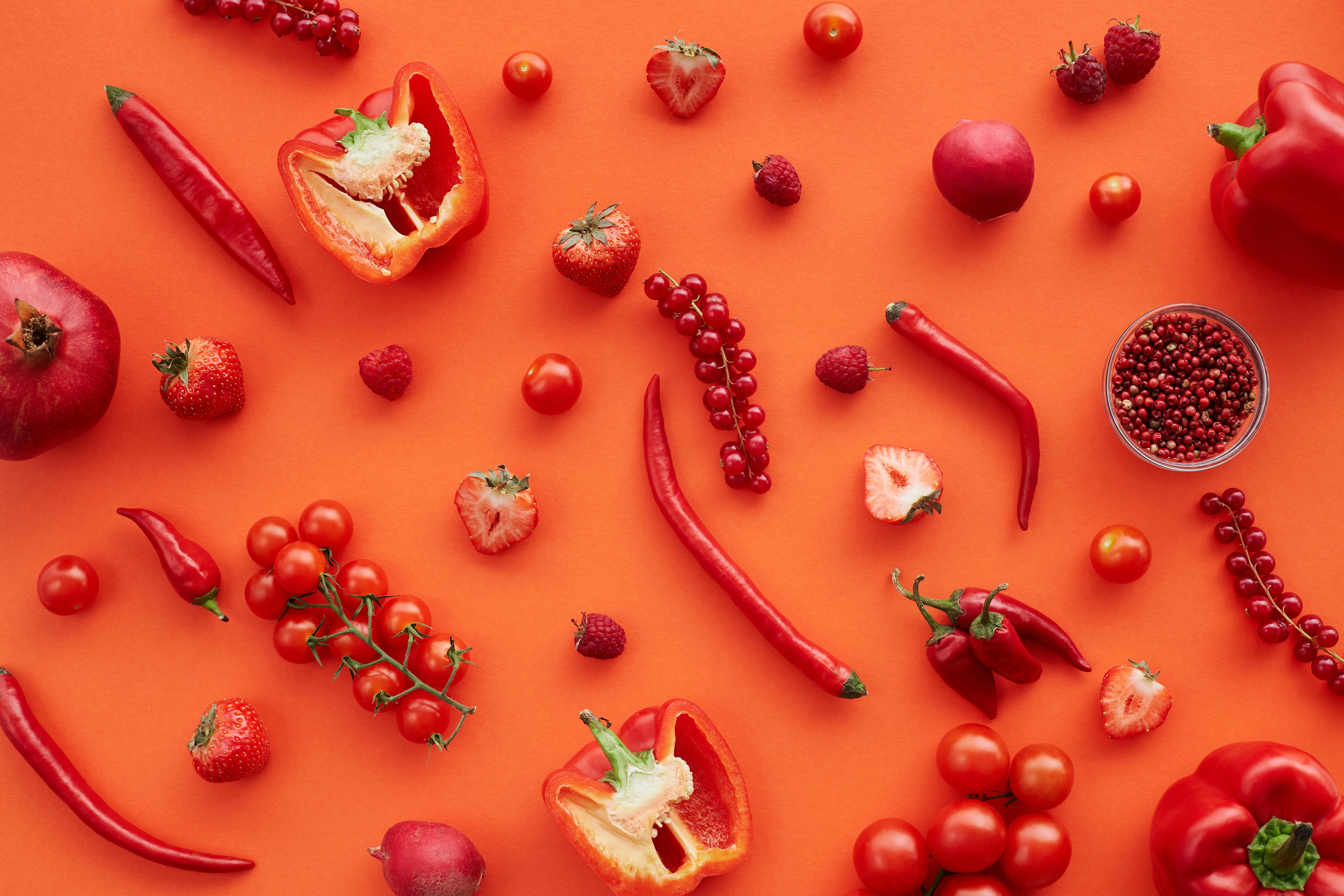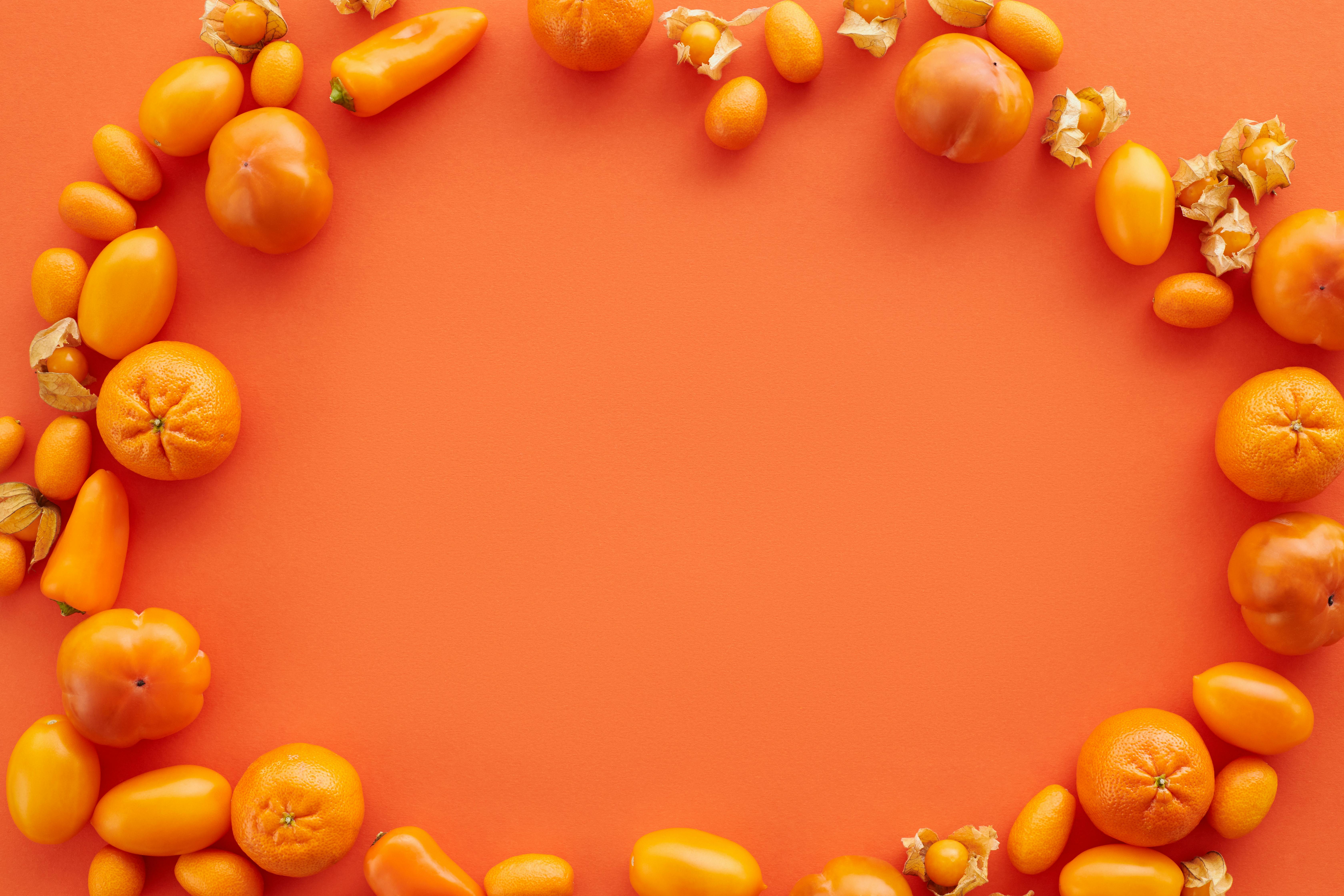Are all peppers fruits? This is a question that has been asked by many people, especially those who are unfamiliar with botanical terminology. Peppers, which are also known as Capsicums, are a type of edible plant that belongs to the nightshade family. They come in a variety of shapes, sizes, and colors and are commonly used in cooking. While some people consider peppers to be vegetables, they are actually classified as fruits because they contain seeds and develop from the ovary of the pepper plant. In this article, we will discuss the various types of peppers and answer the question of whether or not all peppers are fruits.Yes, peppers are fruits. Peppers are part of the plant family that includes tomatoes, eggplants, and potatoes. They grow from a flowering plant and contain seeds, which makes them a type of fruit.
Different Types of Peppers
Peppers come in a wide variety of shapes, sizes, and colors, and each offers its own unique flavor. From the mild bell peppers to the fiery habanero peppers, there are many different types of peppers that can add flavor and heat to any dish. Here are some of the most popular types of peppers:
Bell Peppers: Bell peppers are mild and sweet, with a slightly pungent flavor. They range from green to yellow to orange to red in color. Bell peppers can be eaten raw or cooked, and they are often used in salads, sandwiches, soups or stir fries.
Jalapeno Peppers: Jalapeno peppers are medium-hot in flavor and have a slightly smoky taste. They are usually bright green but can also be found in red or yellow. Jalapenos are commonly used for making salsas or jalapeno poppers.
Poblano Peppers: Poblano peppers are mild-medium in heat with a slightly smoky flavor. They range from dark green to blackish-green in color and have a heart shape. Poblanos can be eaten raw or cooked and they are often used for making chiles rellenos or stuffed pepper dishes.
Habanero Peppers: Habanero peppers are very hot in flavor with a fruity taste. They range from light green to orange in color and have an oblong shape. Habaneros are often used for making hot sauces or added to salsas for extra heat.
Cayenne Peppers: Cayenne peppers have a pungent taste with medium-hot heat levels. They range from yellow to bright red in color and have a pointed shape. Cayenne peppers can be eaten raw or cooked and they are commonly used for making cayenne pepper sauces or added to dishes for extra spice.
What is a Fruit?
A fruit is an edible part of a plant that typically has a sweet taste and contains seeds. Fruits are a type of botanical berry, and they come in all shapes, sizes, colors, and flavors. Many fruits are rich in vitamins and minerals, making them an important part of a healthy diet. Most fruits grow on trees or bushes, although some plants produce fruit without seeds. Common fruits include apples, oranges, bananas, strawberries, grapes, melons, mangoes, and pears.
Fruits can be eaten fresh or cooked into jams and jellies. They can also be dried or juiced for use in smoothies or other recipes. Fruits are also used to make juices, wines, syrups, preserves, chutneys, and other condiments. Some fruits are used to make pies and cakes or as toppings on ice cream or other desserts.
Fruits are also known for their health benefits. Eating fresh fruits can help reduce the risk of heart disease and stroke by lowering cholesterol levels and reducing inflammation in the body. Fruits contain fiber which can help promote regularity of the digestive system and reduce constipation as well as aid weight loss by keeping people full longer. Eating a variety of different colored fruits can also provide antioxidants which help protect against cancer and other chronic diseases.
Botanical Classification of Peppers
Peppers belong to the plant family Solanaceae, which also includes tomatoes, potatoes, and eggplant. Peppers are botanically classified as Capsicum annuum, a species that includes a large variety of peppers ranging from sweet bell peppers to spicy jalapeños. Within the Capsicum annuum species there are five basic groups of peppers that are classified by their shapes and sizes.
The five basic pepper groups include bell peppers, sweet banana peppers, jalapeños, cayenne peppers, and habaneros. Bell peppers are the mildest in flavor and have a large bell shape. Sweet banana peppers have a mild flavor and are long, curved shaped peppers. Jalapeños have a medium heat level with a tapered shape. Cayenne peppers are thin with an intense spicy flavor and a high heat level. Habaneros have an extremely high heat level and a lantern-shaped fruit.
When it comes to choosing pepper varieties for your garden or kitchen there is no shortage of options. Pepper varieties can be found in all shapes, sizes, colors, flavors and levels of heat intensity so there is something for everyone!
Sweet Peppers vs. Hot Peppers
Peppers come in a variety of shapes, sizes, and flavors, making them a favorite choice for adding flavor to dishes. But not all peppers are created equal. Sweet peppers and hot peppers are two of the most popular types of peppers, but they have very different tastes and uses.
Sweet peppers have a mild flavor and are usually eaten raw in salads or cooked in dishes like stir-fries or sandwiches. They come in several colors including green, yellow, orange, red, and purple. Sweet peppers are also known as bell peppers because they have a bell-shaped appearance when sliced open.
Hot peppers have a spicy flavor that can range from mild to very hot depending on the type of pepper. They are often used to add heat to dishes like salsa or chili. Popular types of hot peppers include jalapenos, habaneros, cayenne, and serranos. Hot peppers can be eaten raw or cooked.
When it comes to cooking with peppers, sweet peppers are generally better for adding flavor without too much heat while hot peppers can be used to give dishes some extra kick. The key is knowing which type of pepper is best for the dish you’re making so that you get the desired result.

Can All Peppers Be Eaten?
The answer to this question depends on what type of pepper you are talking about. All bell peppers, for example, are edible and can be eaten raw or cooked. Other varieties of peppers, such as jalapenos, habaneros and ghost peppers, can also be eaten but should be used with caution as they are much hotter than bell peppers.
When it comes to ornamental peppers, which are usually grown for their colorful foliage and fruits rather than for eating, not all of them are edible. These types of peppers can range from mild to very hot and some types may even contain toxins that can make them dangerous to eat.
For safety reasons, it is always best to check with a reliable source before eating any pepper. If you’re unsure about the edibility of a particular pepper, it is best to err on the side of caution and not eat it.
It is also important to note that even if a pepper is edible, some people may experience adverse reactions when consuming certain types of peppers due to an allergy or intolerance. Therefore it is always wise to use caution when trying new foods or trying a new variety of pepper for the first time.
Are All Pepper Varieties Fruits?
Peppers are a nutritious and flavorful addition to any meal, but many people are unsure whether all varieties of peppers are fruits or vegetables. The answer is not so simple, as it depends on the plant’s botanical classification. Generally speaking, peppers are considered to be fruits because they develop from the ovary in the base of the flower and contain seeds. However, some botanists classify them as vegetables because their edible parts do not have the sweet taste characteristic of fruits.
Whether they are classified as fruits or vegetables, peppers are an excellent source of vitamins A and C, carotene, potassium, and dietary fiber. They also contain a compound called capsaicin which gives them their spicy flavor. This compound can have pain-relieving properties when applied to the skin in topical form.
Peppers come in a variety of shapes and colors and can be eaten raw, cooked, or dried for use in spices. While sweet peppers tend to be milder in flavor than hot peppers, all pepper varieties can range from mildly sweet to extremely hot depending on their species. Popular types of peppers include bell peppers, jalapenos, habaneros, serranos, poblanos, cayenne peppers and Anaheim chiles.
In conclusion, while most pepper varieties are generally considered to be fruits botanically speaking, they can also be classified as vegetables based on their taste profile. Regardless of how they are classified though, these versatile plants provide us with essential vitamins and minerals that can help maintain optimal health.
Is the Chili Pepper a Fruit?
Chili peppers are an incredibly popular ingredient in many cuisines around the world, but they often leave people wondering—are chili peppers a fruit? The answer is yes! Chili peppers (Capsicum annuum) are technically fruits, as they develop from the ovary of a flower and contain seeds.
Chili peppers belong to the nightshade family of plants, which includes tomatoes, potatoes, eggplants, and paprika. All of these plants produce edible fruits or vegetables with seeds inside that are considered part of the same plant species.
Chili peppers vary in size, shape, flavor, and heat intensity. Some of the milder varieties are commonly referred to as sweet peppers or bell peppers. These varieties have a much milder flavor than their spicier counterparts. On the other end of the spectrum are super-hot chili peppers like habaneros and Scotch bonnets that can bring tears to your eyes with their intense heat.
While chili peppers may be technically classified as fruits, they are usually used as vegetables in cooking. They can be chopped up and added to dishes for flavor or used as an ingredient in sauces and salsas. They can also be dried and ground into powders for seasoning dishes or made into hot sauces that provide a spicy kick to any meal.
In summary, chili peppers are indeed fruits that come in many shapes and sizes and offer different levels of heat intensity depending on the variety you choose. Whether you’re looking for something mild or something extra-hot, there’s sure to be a chili pepper out there that fits your taste preference!

Conclusion
In conclusion, peppers are a diverse family of fruits that come in a variety of sizes, shapes, colors, flavors and spice levels. While some peppers are fruits, others are vegetables. Peppers can be eaten raw or cooked and they can also be dried and ground into powder. Peppers have been used for centuries in cooking and for medicinal purposes. They are an important part of many cuisines around the world.
Peppers are an incredibly versatile ingredient with many health benefits. They contain high amounts of antioxidants and vitamins that may help reduce inflammation, reduce the risk of certain diseases, and even help regulate blood sugar levels. Peppers come in a wide variety of colors, shapes and flavors which make them a great addition to any meal or recipe.
No matter what type of pepper you choose to use in your meals or recipes, it is important to remember that all peppers are technically fruits – however some may be classified as vegetables depending on how they are prepared. So while not all peppers are fruits, all peppers do have some fruit-like characteristics!



